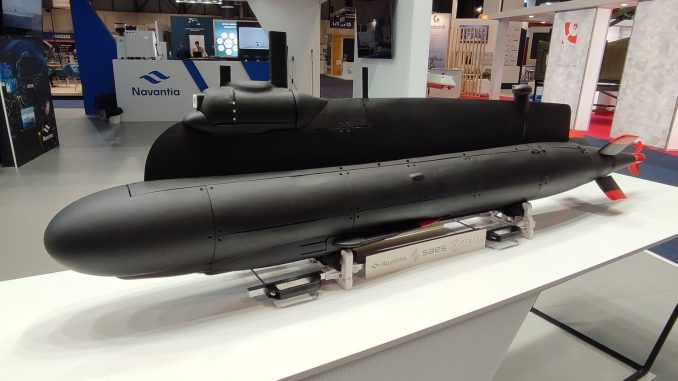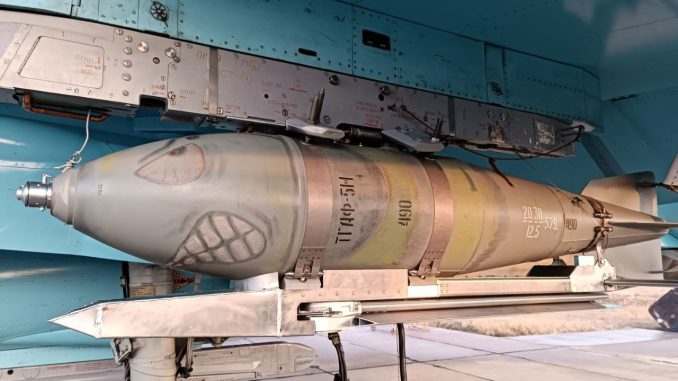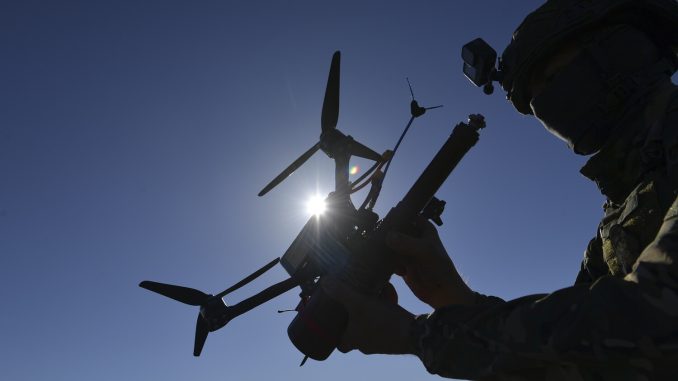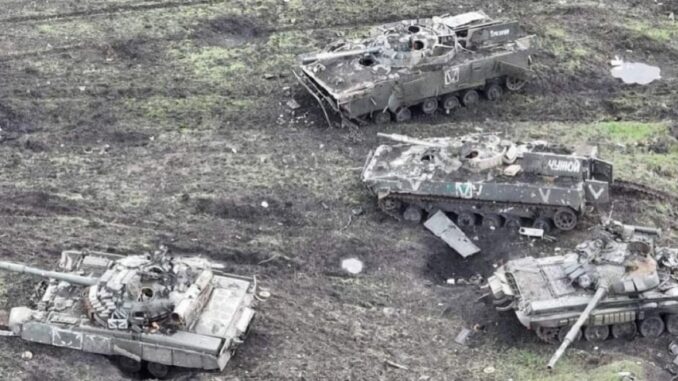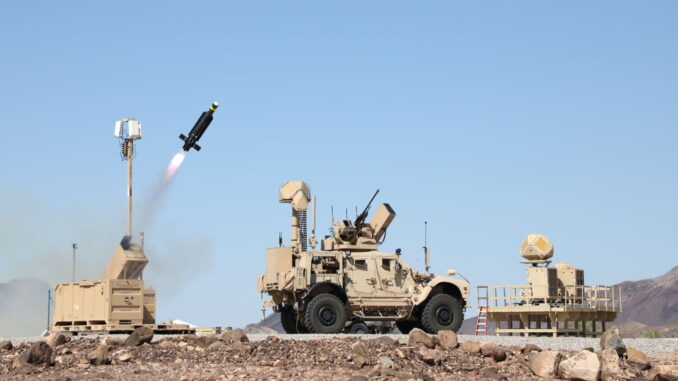
Courtesans
On this occasion, we are going to deviate slightly from our usual line, although not from our theme. Far from trying to offer a thoughtful study on this or that need for doctrinal change, technological trend or on the adequacy of a weapons system to its purpose, we are going to talk about biology, although there is a certain degree of intrusiveness in this that undoubtedly the specialists In the matter they will forgive us. The fact is that, among so many and varied species that participate in this little world that we call Defense, including lobbyists/business people, political advisors, bosses and other species, there is one that is unique and that has managed to become strong in our villa and court, becoming, despite being a parasitic species, the most common in the capital's ecosystem: the courtiers. Since in this publication we feel a certain love for science, we will begin this little work trying as [Keep reading…]

